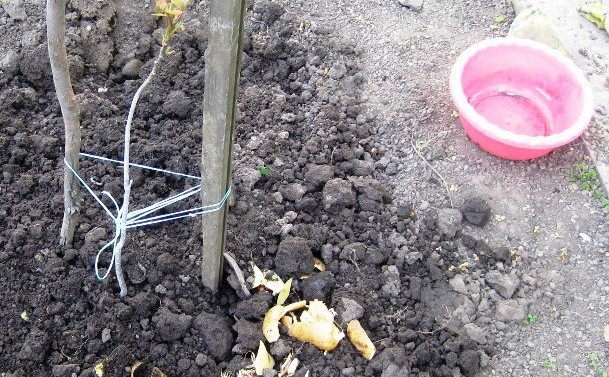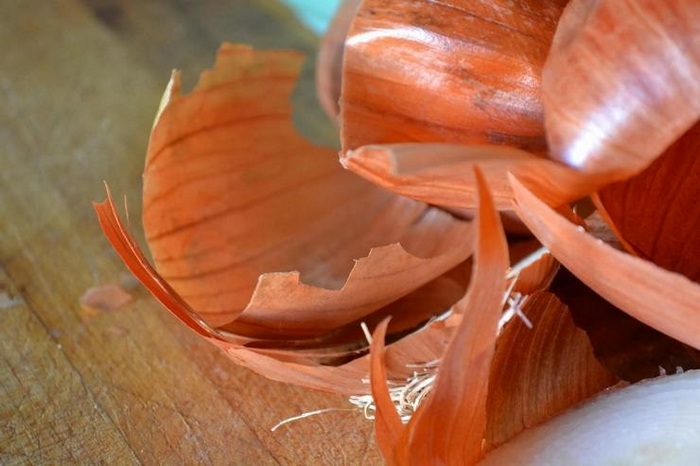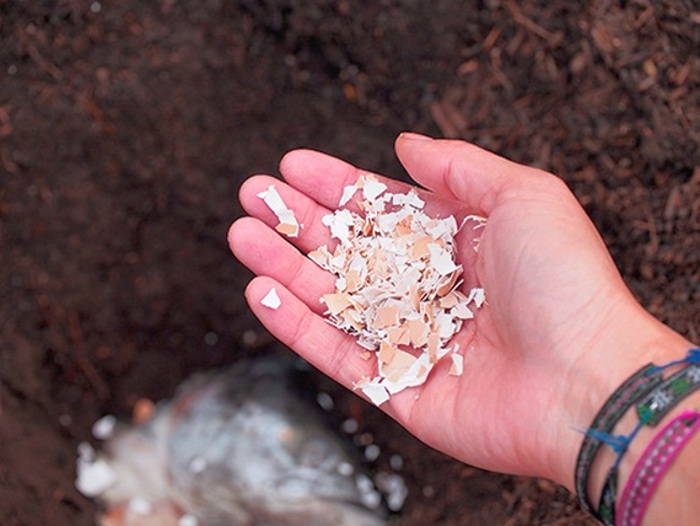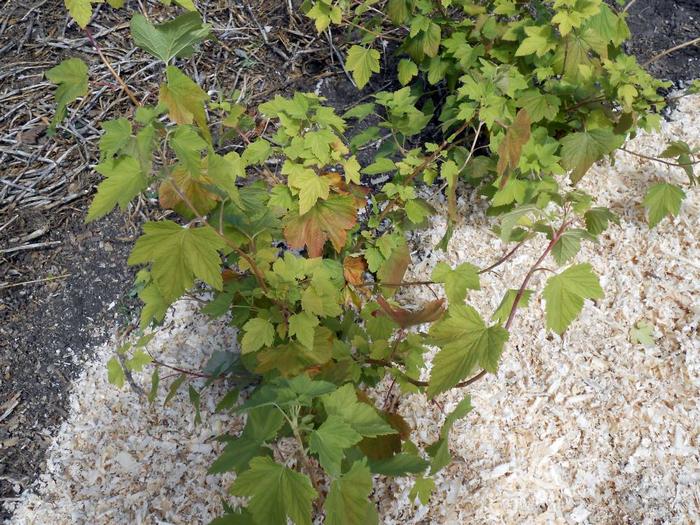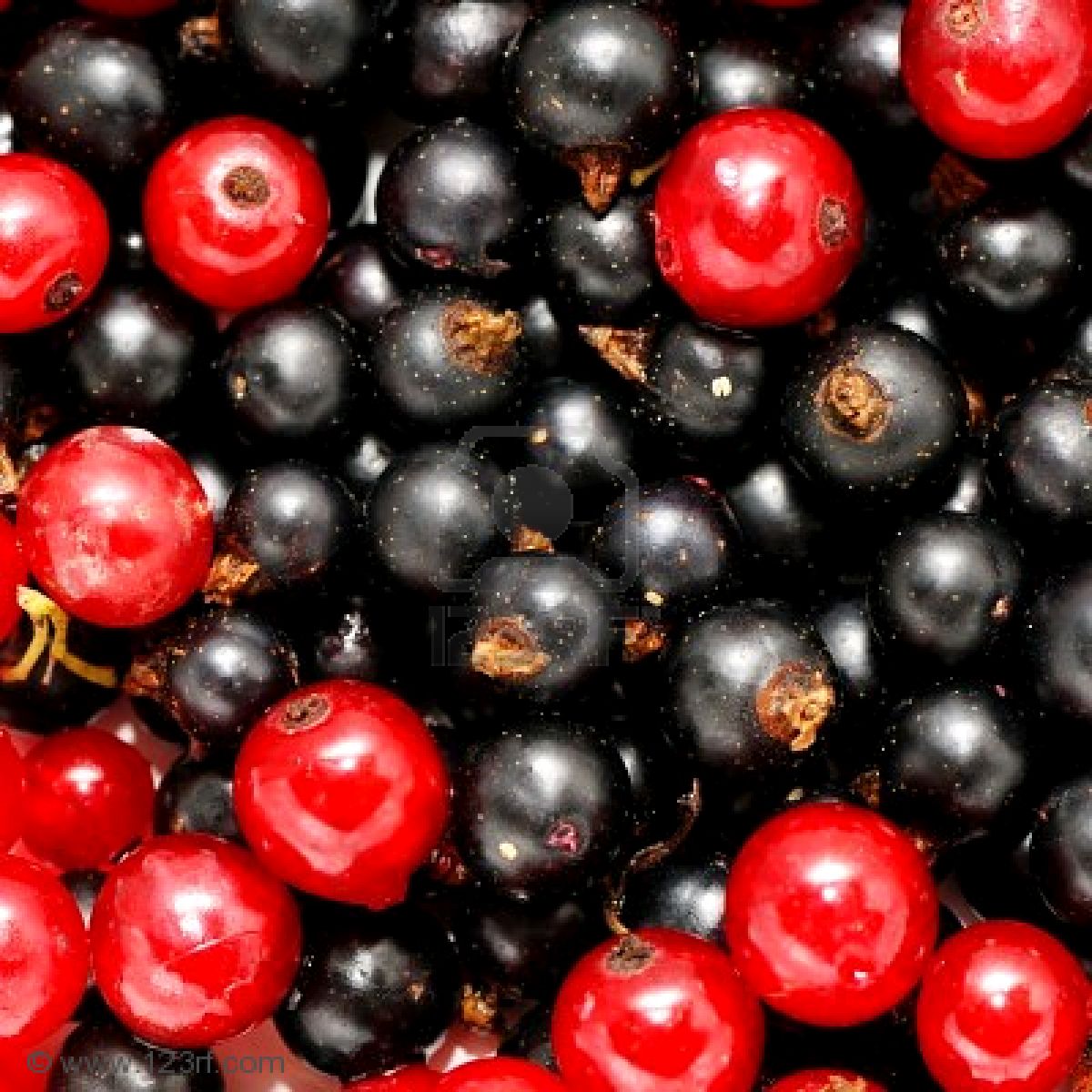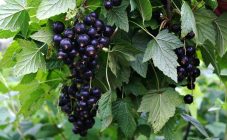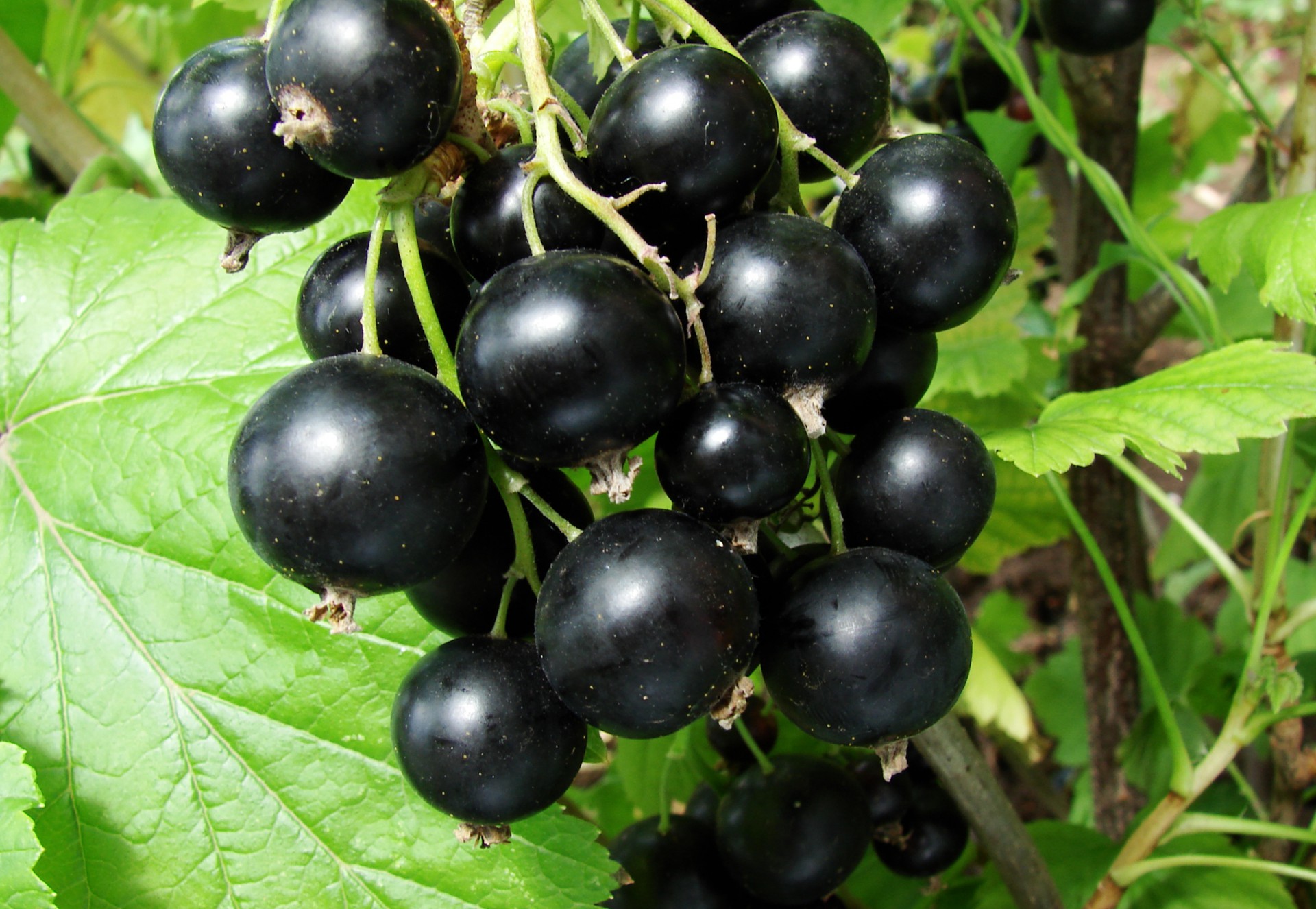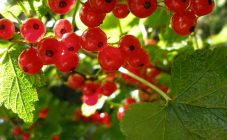Content:
Many have probably heard that potato peelings are widely used as an organic fertilizer for a number of summer cottages. First of all, we are talking about currants. Potato peelings include a number of minerals, in particular starch and potassium. As a result, potato peel turns out to be a simple and completely harmless fertilizer, which can significantly increase the yield of berries harvested at the end of the season.
How to prepare potato peels
The answer to the question, how to use potato peelings for currants, begins with finding the right way to harvest them.
Residents of private houses who have a vegetable garden in the immediate vicinity of the house do not have much difficulty in organizing a place for collecting potato peelings for the purpose of composting. For those for whom a visit to the summer cottage is purely seasonal in nature, it will be somewhat more difficult. But there is still a way out. All potato cleaning can be dried or frozen. When autumn ends on the street, and sub-zero temperatures are set, potatoes (peeling them) can be sent for storage on an unheated balcony. They will freeze and keep well until the moment when they can be used. The most important thing is to transport the accumulated material to the dacha when the first thaws come. Otherwise, it will start to rot and spread an unpleasant odor.
Drying peeling potatoes is also allowed. But this method is much more troublesome, albeit more reliable. The drying process can be carried out on a radiator or in an oven.
When spring comes, the prepared potatoes should be placed in a large container (for example, in a two-hundred-liter barrel). Then the cleanings are poured with hot water and left to swell for several days. The composition should be mixed periodically.
How to feed potato peels
The resulting gruel is optimally suited for increasing the soil fertility rate when planting fruit and berry bushes. Feeding currants in the spring with potato peelings will be especially effective. Thanks to the use of this infusion, the berries will grow larger and sweeter. This is due to the beneficial effect of starch for currants as a fertilizer.
Peeling potatoes as fertilizer for currants is very important to use correctly. Any gardener knows that the currant root system is superficial. Accordingly, the potato composition from steamed peelings must be applied not under the bush itself, but at a certain distance from it. Usually, for this purpose, a groove is dug with a depth of 10 to 15 centimeters along the projection of the crown. Fertilizing a currant bush with potato peelings is allowed once a month until autumn comes.
Potatoes and their peels can be used not only to fertilize the plant, but also to repel harmful insects.
Fertilization result
Feeding currants with potato peelings is useful for obvious reasons. The peel contains the following useful components:
- organic acids;
- starch;
- macro, - and trace elements;
- fats;
- mineral salts;
- the main groups of vitamins.
Such a wide range of nutrients will inevitably have a positive effect on the fertilized crop and its growth. It should be noted the undoubted advantages of potato peelings over such chemical fertilizers (such as azofoska):
- availability;
- the ability to increase the content of fertile humus in the soil;
- the ability to provide an influx of oxygen to the root system of the currant;
- the ability to get rid of pests.
In addition, having decided to replace mineral and nitrogen fertilizers with the described organic matter, you can be sure that the harvest will end up not just good, but environmentally friendly.
Other feeding methods
Feeding currants with starch from potato peelings is not the only way to get a rich harvest of berries. Other methods of fertilization give excellent results.
Top dressing with onion peels
Onion peels for currants are another great feeding option. It has a rich composition and has a regenerating, immunostimulating and anti-inflammatory effect on the plant. If you feed the plant with onion husks, the currant root system will become stronger and regenerate better, and the culture itself will begin to develop and grow more actively.
Onion peelings include vitamins, carotene, phytoncides, silicic acid, iron, calcium and potassium salts.
Carotene is responsible for the immune stimulating effect. Thanks to him, currants become more resistant to fungi, microorganisms and rot. The same component is responsible for seed germination and overall plant endurance.
But before fertilizing the currant bush with onion peels, they must be properly prepared. This is not difficult to do. They can be boiled, infused, or used for a procedure such as mulching. The most important thing is to observe the correct dosage in all cases.
For example, a glass of onion peels is required to prepare the broth. They should be filled with 2 liters of water and boiled for several minutes. After the broth has cooled down, you can start feeding.
In addition to the broth, an infusion of onion husks will help to improve the flowering and fruiting of currants (it does not matter which variety is fertilized: black, red or white). The preparation of the infusion does not involve boiling or boiling. It can be prepared using raw cold water. This is done as follows. A bucket of water is poured into a glass of skins, infused for 4-5 days, after which it is filtered and used for watering currants.
Eggshell feeding
There is a point of view that the shells of those chicken eggs that are sold in stores are full of chemicals and do not contain any nutrients. Practice shows that this is absolutely not the case. The shell of these eggs contains no more toxins than poultry products. The composition of a chicken egg contains such useful components as iodine, phosphorus, sulfur, copper, iron, manganese, fluorine, etc. All of the above contributes to the enrichment of the soil and makes it more fertile.
Those who are not too experienced often use egg feeding completely incorrectly. They scatter large pieces of unwashed shells over the area. This attracts numerous birds, but turns out to be completely useless for the currants. To use the shell as a fertilizer, it must either be crushed or used to prepare the infusion.
Powdered eggshells are added to the ground, which should be dug a little after fertilizing. When preparing the eggshell for feeding, one should not forget that it requires thorough cleaning. In no case should protein residues remain, since its presence can contribute to the development of pathogenic bacteria.
Another way to fertilize currants is an egg shell infusion. It's easy to cook. You just need to fill the shell with a jar, pour boiling water over it and leave it under the lid for about a week. In no case should you be afraid of the cloudiness of the composition or its unpleasant smell - all these are markers of its readiness for use. When the composition is ready, it remains only to dilute it with water about three times.
Sawdust mulching
You can increase the yield of currant bush in another way - mulch using sawdust (in rare cases, gardeners use ash). This method completely replaces top dressing and allows you to achieve the following results:
- ensure that the required amount of moisture remains in the soil (sawdust avoids evaporation and the formation of a capillary system);
- reduce the development of weeds (which, in turn, saves time and effort spent on tillage);
- protect the plant from temperature extremes (in hot weather, mulch protects the soil from excessive overheating, and in cold weather it retains heat).
Among the benefits of sawdust mulch are the following:
- ensuring good air permeability of the soil;
- formation in the process of decomposition of organic substances;
- plant nutrition with vital elements;
- an obstacle to the contact of berries with the soil;
- prevention of fungal diseases;
- scaring away some types of pests.
Currants respond particularly well to hardwood mulch (with the exception of poplar, oak or walnut). Coniferous mulch is undesirable as it tends to acidify the soil.
The size of the sawdust should not be too small - they quickly cake and form a hard and practically impenetrable crust, which is completely unacceptable. But large ones are perfect.
It is recommended to use rotted or partially rotted material as mulch.
Sawdust as such is not fertilizer. On the contrary, they have the ability to suck out useful elements from the soil. Therefore, mulch needs to be cooked. Doing this with your own hands is completely easy. Several standard buckets of high-quality sawdust should be poured onto the polyethylene film, add calcium nitrate to them at the rate of 70 g per 1 bucket, pour over water, cover tightly with the free edge of the film and leave in this form. You can use mulch when it darkens. The bottom line is that a large number of microorganisms processing wood into organic matter should have time to form on the sawdust. For this to happen faster, it is important not only to maintain a high humidity, but also the temperature above +15 degrees.
High-quality feeding is required for any plant. And currants are no exception to this rule. Practice shows that in order to obtain a decent result, it is absolutely not necessary to use aggressive chemical compounds.Potato peelings, onion skins, eggshells, sawdust mulch are excellent proofs that organic fertilizers are just as good, and even better ecologically.

